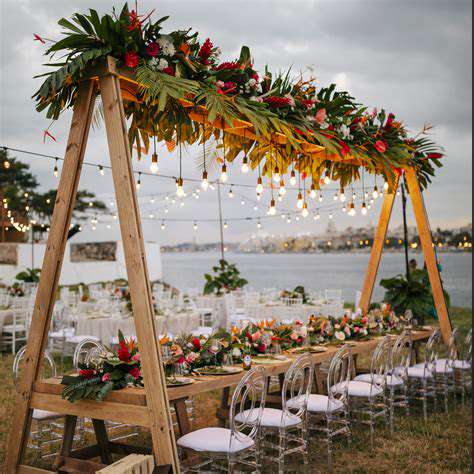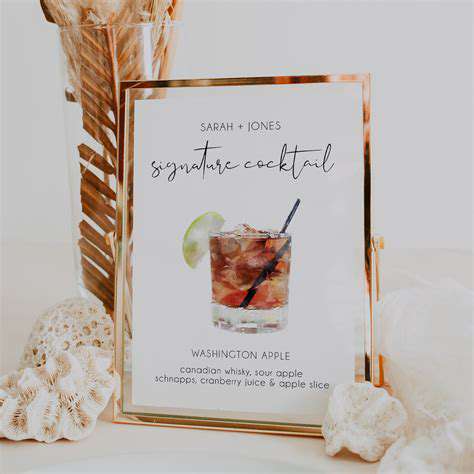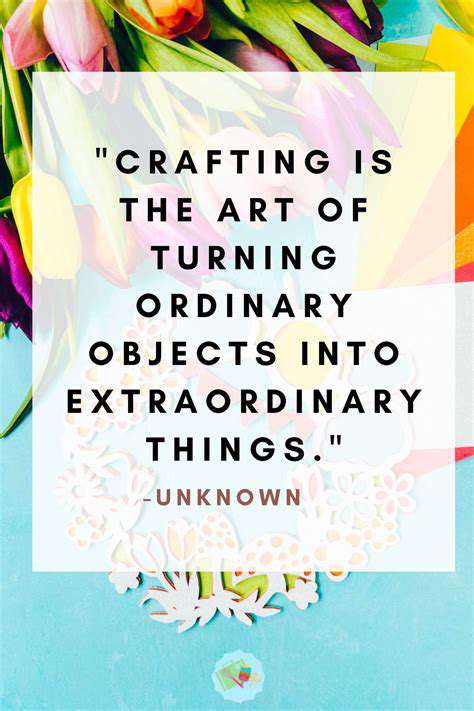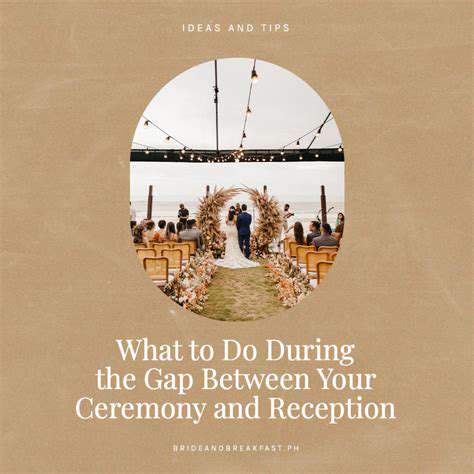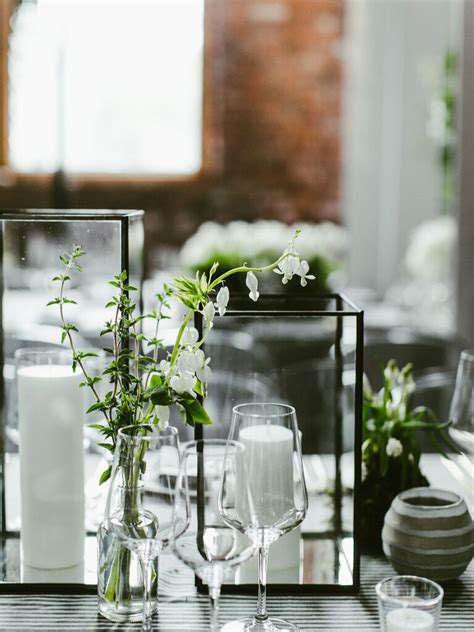Step by Step Guide to Budget Friendly Wedding Planning
The Priority Pyramid
Create a three-tiered system: Non-negotiables (things you'd move the date for), Important (would really love but flexible), and Bonus (if budget allows). This framework prevents decision paralysis when trade-offs are needed. Maybe photography is your non-negotiable while an open bar is just important, allowing flexibility if costs rise elsewhere. Revisit these priorities periodically as plans evolve.
Research-Driven Cost Estimates
Get at least three quotes for each major vendor to understand market rates. Many costs vary dramatically by region and season - a July wedding in Maine costs differently than one in Miami. Build in a 10-15% buffer for unexpected expenses (it always happens). Some couples create separate line items for known unknowns like alterations or vendor meals to avoid surprises.
The Budget as Living Document
Use a shared spreadsheet or budgeting app that both partners can access. Color-code categories to see at a glance what's on track and what needs attention. Schedule monthly budget check-ins to adjust as needed - maybe you saved on invitations and can allocate more to music. Many couples find setting up automatic transfers to a wedding fund keeps savings consistent without constant willpower.
Venue and Catering With Savvy

Venue Selection Strategies
Your venue sets the stage literally and figuratively. Consider weekday or off-season dates when venues often offer significant discounts. Some spaces become magical with simple lighting - industrial lofts or blank canvas spaces might cost less than traditionally pretty venues. Always ask what's included - AV equipment, tables, or even day-of coordination services can represent big savings if bundled.
Culinary Compromises That Don't Feel Like Compromises
Food is a place where small changes make big budget impacts. Consider serving signature cocktails instead of a full bar, or a brunch reception instead of dinner. Food trucks or local culinary school students can provide quality at lower prices. For cake, a small display cake supplemented by sheet cakes satisfies both photography and feeding-the-masses needs economically.
The Hidden Costs Checklist
When comparing venues, create a standardized list of potential add-ons: cake-cutting fees, corkage charges, overtime costs, mandatory gratuities. These nickel-and-dime items can add 20% to your initial quote. Some venues require specific vendors or insurance - factor these into total cost comparisons. Always read contracts carefully for these potential budget-busters.
Alternative Catering Approaches
Self-catering with help from talented friends (with proper food safety precautions) or using restaurant catering instead of traditional wedding caterers can slash costs. Family-style serving requires less staff than plated meals while maintaining elegance. Consider local favorites rather than fancy fare - amazing barbecue or ethnic cuisine often costs less than standard wedding chicken/beef options and delights guests.
Staffing Smartly
You might not need a bartender for beer and wine only, or could have servers just for passed apps then switch to buffet. Student servers or staffing agencies often provide quality help at lower rates than catering company staff. Clearly communicate your expectations and event flow to ensure service matches your vision regardless of staffing choices.
Personalized Details on a Budget
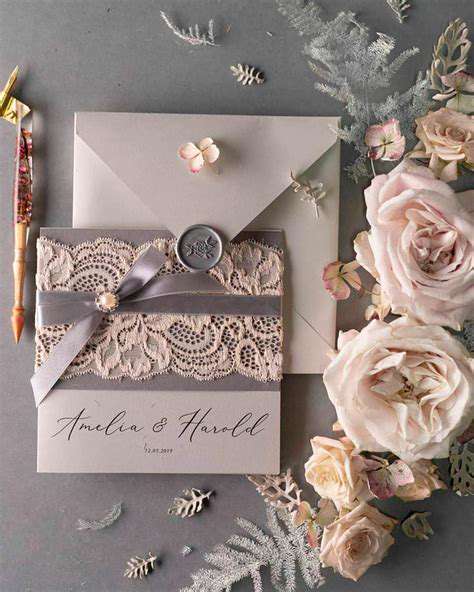
Invitations With Impact
Digital save-the-dates followed by simple printed invitations strike a balance between formality and frugality. Many online services offer beautiful templates where you only pay for printing - no designer fees. Consider all-in-one designs that eliminate extra enclosure cards. For a personal touch, hand-calligraph just the envelopes or add a custom wax seal to elevate standard stationery.
Decor That Doubles As Favors
Centerpieces that guests can take home - like potted herbs or succulents - serve double duty. Seasonal items like pumpkins in fall or citrus in winter make affordable, festive decor. String lights and fabric swags transform spaces economically. Collect vintage vases from thrift stores for eclectic floral arrangements rather than expensive rentals.
The Power of Paper
With some cardstock and a good printer, you can create: custom signage, menu cards, even ceremony programs for pennies each. Sites like Canva offer professional templates. For table numbers, frame nostalgic photos of you and your partner at that age. These personal touches often mean more to guests than expensive generic decor.
Borrowing Brilliance
Reach out to recently married friends about borrowing decor items. Many couples are happy to recoup some value from items gathering dust. Check local wedding resale groups for discounted decor. For things you do buy new, consider future use - will those lanterns work in your home afterward? This approach makes purchases feel more justifiable.
Nature's Decor
Gathering branches, leaves, or stones can yield stunning decor for the price of some spray paint or ribbon. Farmer's markets offer bulk flowers at wholesale prices for DIY arrangements. Simple greenery like eucalyptus garlands make elegant table runners. These organic elements bring warmth no store-bought decor can match.
